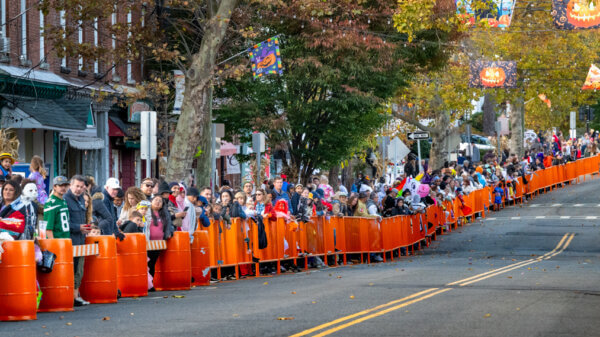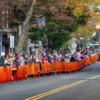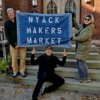Barons of Broadway #33
The Victorian gem at 18 Castle Heights Avenue in Upper Nyack, designed by Horace Greeley Knapp, has a rich history. Built by Harvey Charles Gilchrest, a dentist and photographer, the house remained in the hands of dental professionals for two more generations. However, the origins of the house are shrouded in mystery. It is likely that Moses Gage Leonard, an exceptional man who served as a U.S. Congressman, co-founded the Knickerbocker Ice Company, acted as one of the first trustees of San Francisco’s City Board during the Gold Rush, and helped design the Croton Reservoir, built the original house before Knapp’s renovation. For a time, he spent summers in Upper Nyack. Here is his story.
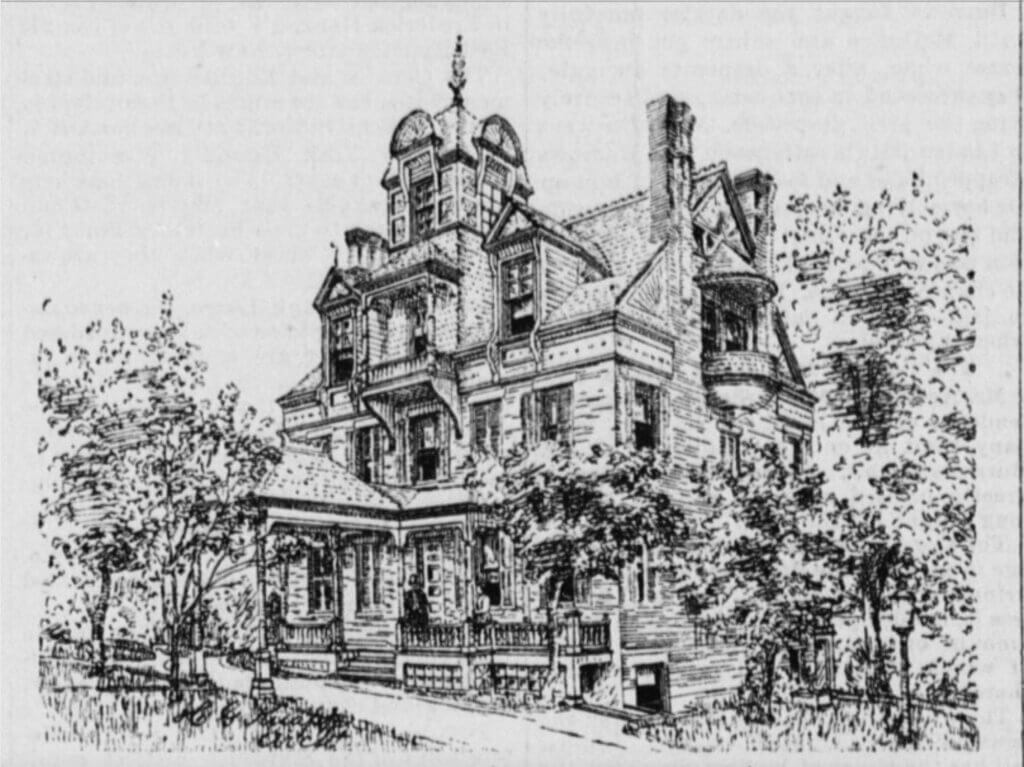
Who Built the Original House?
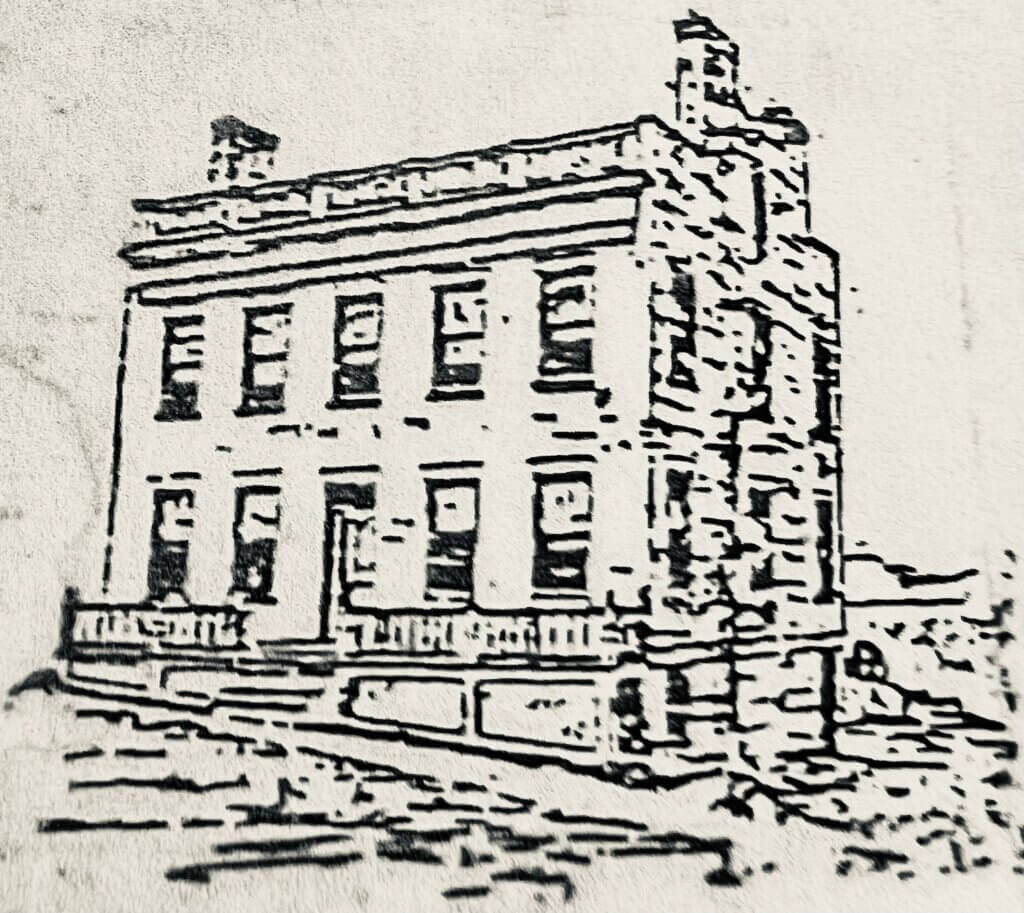
The exact origin of 18 Castle Heights Avenue is indeed mysterious. A two-story symmetrical brick building in the Federal style appeared circa the 1850s, featuring a balustrade around a flat roof and a matching balustrade around the front porch. This plain, simple building resembled, albeit smaller, the estate house of Hugh Maxwell just to the north, also built of brick.

Some speculate that Frederick Duryea constructed the house, as he purchased the property in 1853 from the Tallmans, who had inherited approximately 40 acres from the Van Houten family. Little is known about Duryea. It’s possible Van Houten, founder of the Upper Nyack boatyard, built the house before selling the property to Tallman, which would imply a much earlier date.
Upper Nyack author, researcher, and historian Daniel Wolff offers a compelling answer. In his detailed blog post, “A Partial History of Upper Nyack Boatyard,” he asserts that Moses Gage Leonard purchased the property in 1855, supported by a deed transferring the property form Duryea to Leonard. .An 1859 map of Upper Nyack confirms Leonard’s ownership and shows two small stores between the house and North Broadway. Leonard later purchased these stores, one at the corner being one of the first businesses in Upper Nyack, run by Daniel M. Clark. Some attribute the house to later date under the ownership of John G. Tallman who bought the property from Leonard in 1871.
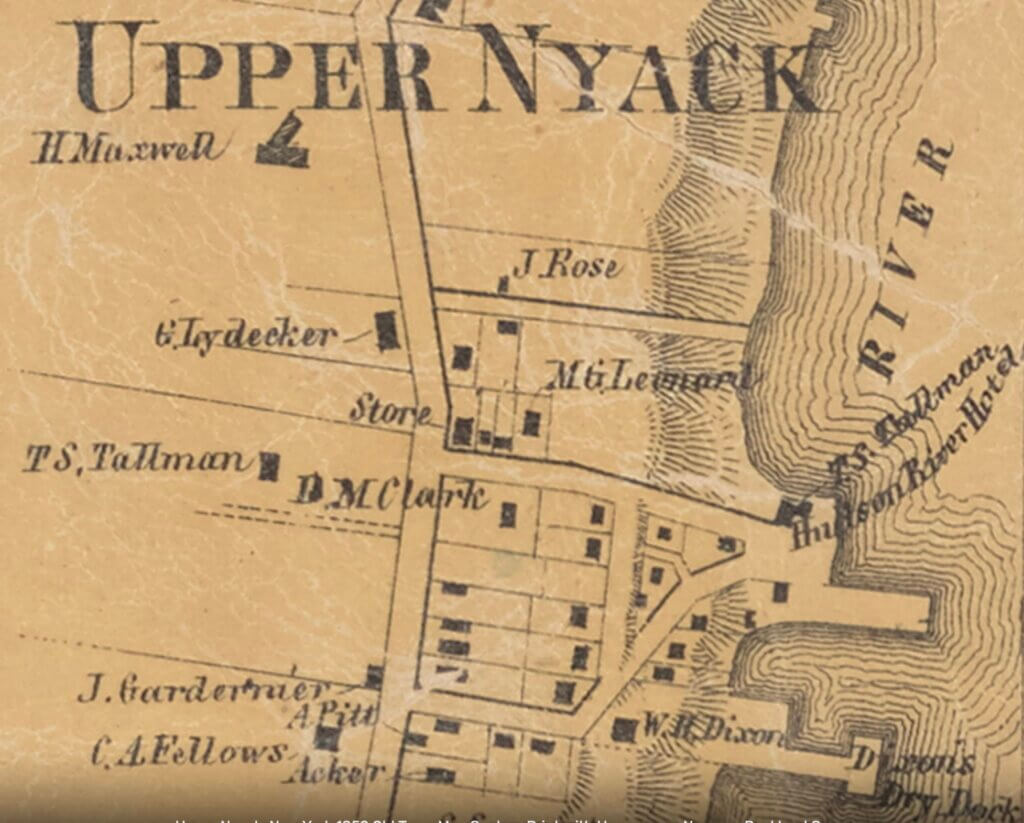
Leonard, as we shall see, was not only a fascinating man of multiple talents but a man of great wealth with the wherewithal to build one of the more substantial houses in Upper Nyack in the 1850s.
Moses Gage Leonard (1809-1899)
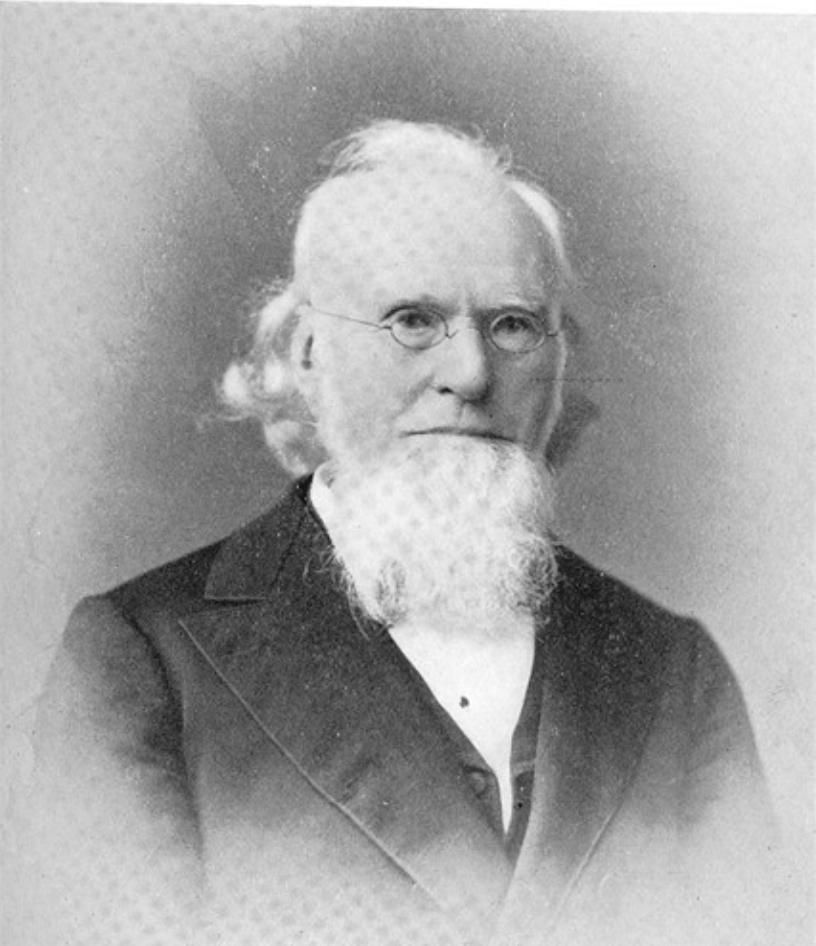
The improbable life story of Moses Gage Leonard begins in rural Stafford, Connecticut. Born on July 10, 1809, he was the eighth generation of his family in America. His father farmed 100 acres and operated a blacksmith shop. Moses worked on the family farm and received an education from local schools. He taught at the local school and then in Vermont. Surprisingly, at age 19, he taught at the first school in Rockland Lake Village. How and why he made his way to Rockland County from Vermont remains unknown.
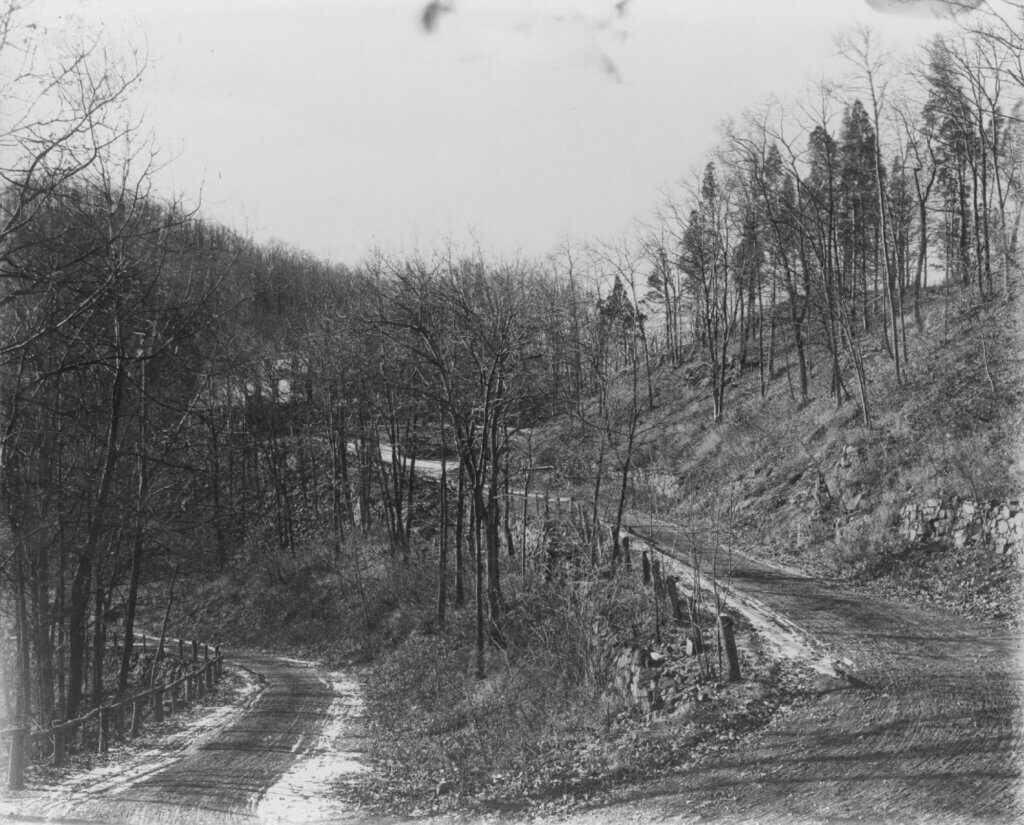
In 1832, he married Catherine Barmore (1811-1905). The Barmore family owned extensive land holdings between 9W and Rockland Lake. The road from Nyack to Rockland Lake was then referred to as Barmore Road, with the hill known as Barmore Hill. A 180-degree turn in the old highway near the peak was known as Barmore’s Horseshoe. This horseshoe turn may still be found while hiking the Long Path up to Hook Mountain. The Barmore House, at times an inn and at other times a goat ranch, sat atop the peak of the road over Hook Mountain on the west side.
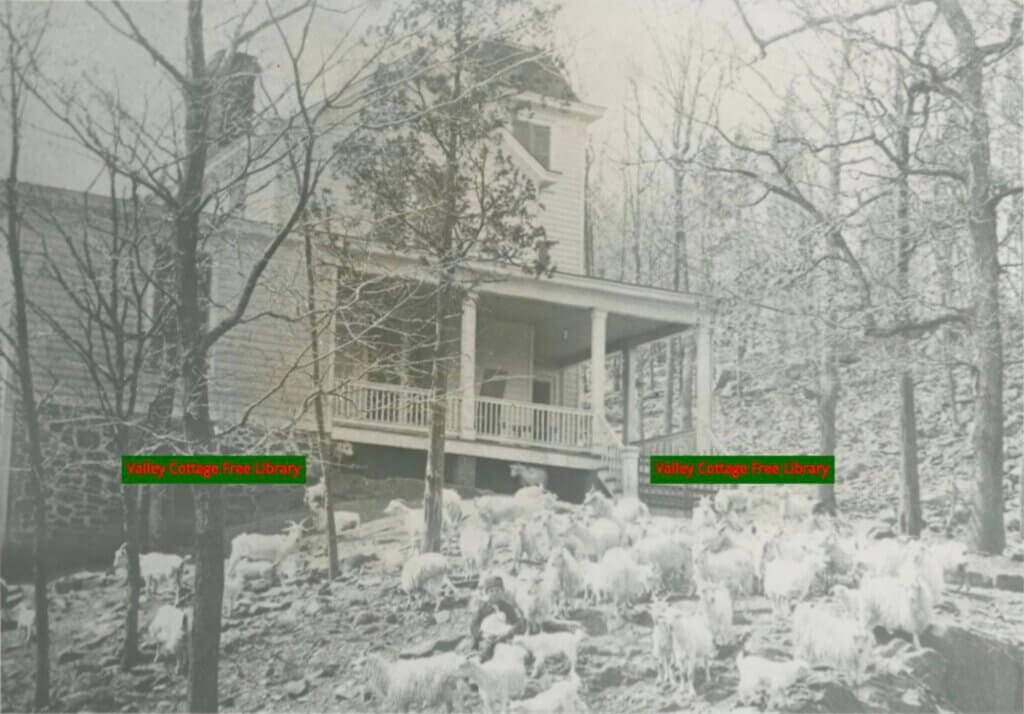
Leonard and the Knickerbocker Ice Company
The connection to the Barmore family proved profitable, as his marriage coincided with the rise of the ice harvesting industry at Rockland Lake. Leonard’s dealings in the ice business showcased his acumen in sales, deal-making, and politics. In 1835, he co-founded Barmore, Felter & Co., the predecessor of the Knickerbocker Ice Company. Leonard promoted the ice by carrying a sample in a handkerchief to New York City hotels, including the Astor House. His efforts were successful, as New York hotels became known for Rockland Lake ice. The company located the first Rockland Lake ice house on his property.

In 1840, Alfred Barmore, Nathanial’s son, joined Leonard to form Barmore, Leonard and Co., superseding the first ice company. Leveraging his political expertise, Leonard went to Albany to obtain an act of incorporation for the Knickerbocker Ice Company, becoming one of its directors. Later, he purchased the Washington Ice Company and facilitated its merger with the Knickerbocker Ice Company.
Moses Leonard’s Political Life
While establishing the Knickerbocker Ice Company, Leonard also maintained a residence in Brooklyn. In 1840, he became an alderman of New York City, serving for three years. During this time, he chaired the Arts, Sciences, & School and the Croton Aqueduct Committees and served as a member of the Finance Committees. He also served as a judge in city courts.
In 1842, he was elected to the U.S. Congress and played an active role in tariff reform enactments. During the election of 1842, the Democrats flipped 89 Whig seats, the largest change ever in American politics. Although nominated by the Democratic Party for a second term, he lost the election. He then served as chair of the Almshouse Commission, an important position in the city, for three years. During this period, thousands of starving Irish immigrants arrived in New York City. Leonard was recognized for his services during this emergency by the citizens of New York City and received a set of solid silver for his work.
Initially a staunch Democrat, Leonard became a Republican during Lincoln’s second-term nomination.
Leonard Gets Gold Fever
In 1849, during the fervor of the Gold Rush, Leonard decided to move to San Francisco. He traveled through Panama before the construction of the canal. Upon arriving in San Francisco, his services were highly valued. When California joined the Union in 1850, he became one of the first members of the Common Council of the newly chartered city of San Francisco, playing a vital role in organizing the city government. He returned to New York soon after.
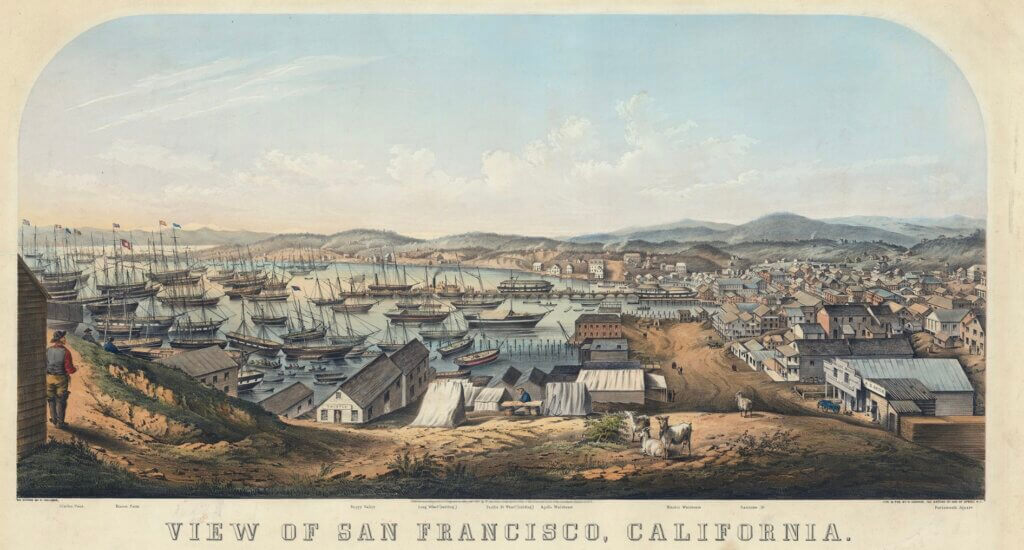
Civil War
At the start of the Civil War in 1862, Leonard, then residing in Rockland County, collaborated with Judge Robertson of Westchester County. Governor Morgan appointed them to raise and equip a regiment. They quickly assembled the 185th Regiment, later named the 6th New York Artillery. This unit served in major battles under General Grant and in the Shenandoah Valley at the Battle of Cedar Creek. Of the 420 enlisted men and 12 officers, 57 perished during the war.
In May 1863, authorities appointed Leonard as Provost Marshal for the 10th Congressional District, headquartered in Tarrytown. The Provost oversaw military enrollment and conducted the draft. Because of draft riots in New York City, Leonard requested troops to be present for the drawing, and 60 members of the Metropolitan Police, along with other companies equipped with artillery, provided security. When the armistice was announced, Leonard, aboard the steamboat Isaac Smith at the time, delivered a speech.
A Touching Farewell

Moses and Catherine had a strong marriage. While living in Brooklyn, Moses and Catherine had five children that survived childhood. The World, a New York newspaper created by Joseph Pulitzer, featured the Leonards’ 67th wedding anniversary. According to the paper, a steady stream of people visited their home at 131 McDonough Street in Brooklyn. The paper ran side-by-side line drawings of the couple, stating they were the happiest couple. Both Leonard and Catherine wrote a short statement about their marriage. Catherine Barmore Leonard remarked, “If the whole world would but live the way we did we would all be happier, healthier, and would live longer.” Shortly after this milestone, Leonard passed away. Both Leonards are buried in Oak Hill Cemetery.
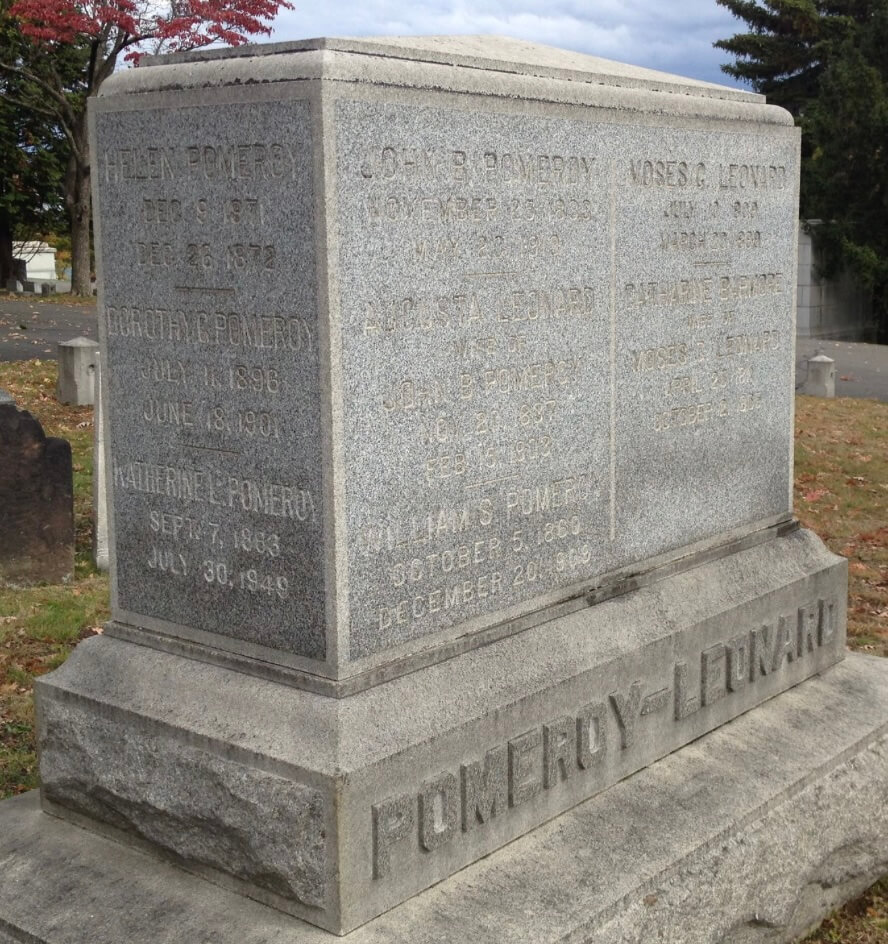
Moses Leonard was larger than life, a shrewd businessman and politician willing to take risks. He was adventurous and broadminded. His great service to fellow citizens in Rockland County, the cities of New York and San Francisco, and his patriotism marked a most noteworthy Nyack resident.
Mike Hays lived in the Nyacks for 38-years. He worked for McGraw-Hill Education in New York City for many years. Hays serves as President of the Historical Society of the Nyacks, Vice-President of the Edward Hopper House Museum & Study Center, and Upper Nyack Historian. . Married to Bernie Richey, he enjoys cycling and winters in Florida. You can follow him on Instagram as UpperNyackMike.
Editor’s note: This article is sponsored by Sun River Health and Ellis Sotheby’s International Realty. Sun River Health is a network of 43 Federally Qualified Health Centers (FQHCs) providing primary, dental, pediatric, OB-GYN, and behavioral health care to over 245,000 patients annually. Ellis Sotheby’s International Realty is the lower Hudson Valley’s Leader in Luxury. Located in the charming Hudson River village of Nyack, approximately 22 miles from New York City. Our agents are passionate about listing and selling extraordinary properties in the Lower Hudson Valley, including Rockland and Orange Counties, New York.






